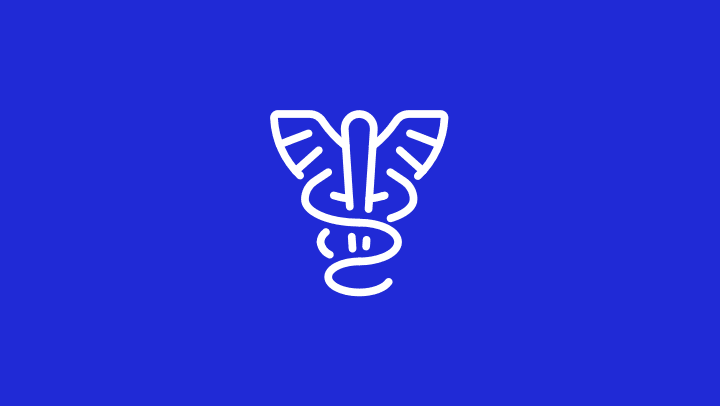How Tying Clinical Privileges to Healthcare Quality Affects the Bottom Line
Webinar: 60 minutes
Integrated healthcare governance
If any gaps exist between the quality, performance, and privilege functions at your hospital, reimbursement is about to get a whole lot trickier under value-based care payment systems.
This first webinar in a series begins with the basics for medical staff professionals and quality and performance improvement staff:
- Who’s responsible for obtaining and assessing clinical provider performance?
- How do we gather information for measuring provider quality and performance?
- What are the leading practices to support privileging, compliance, and revenue goals?
- Privileging
- Quality (OPPE)
- Reimbursement oversight
Speakers
Joni Orand
Senior Quality Consultant, symplr


